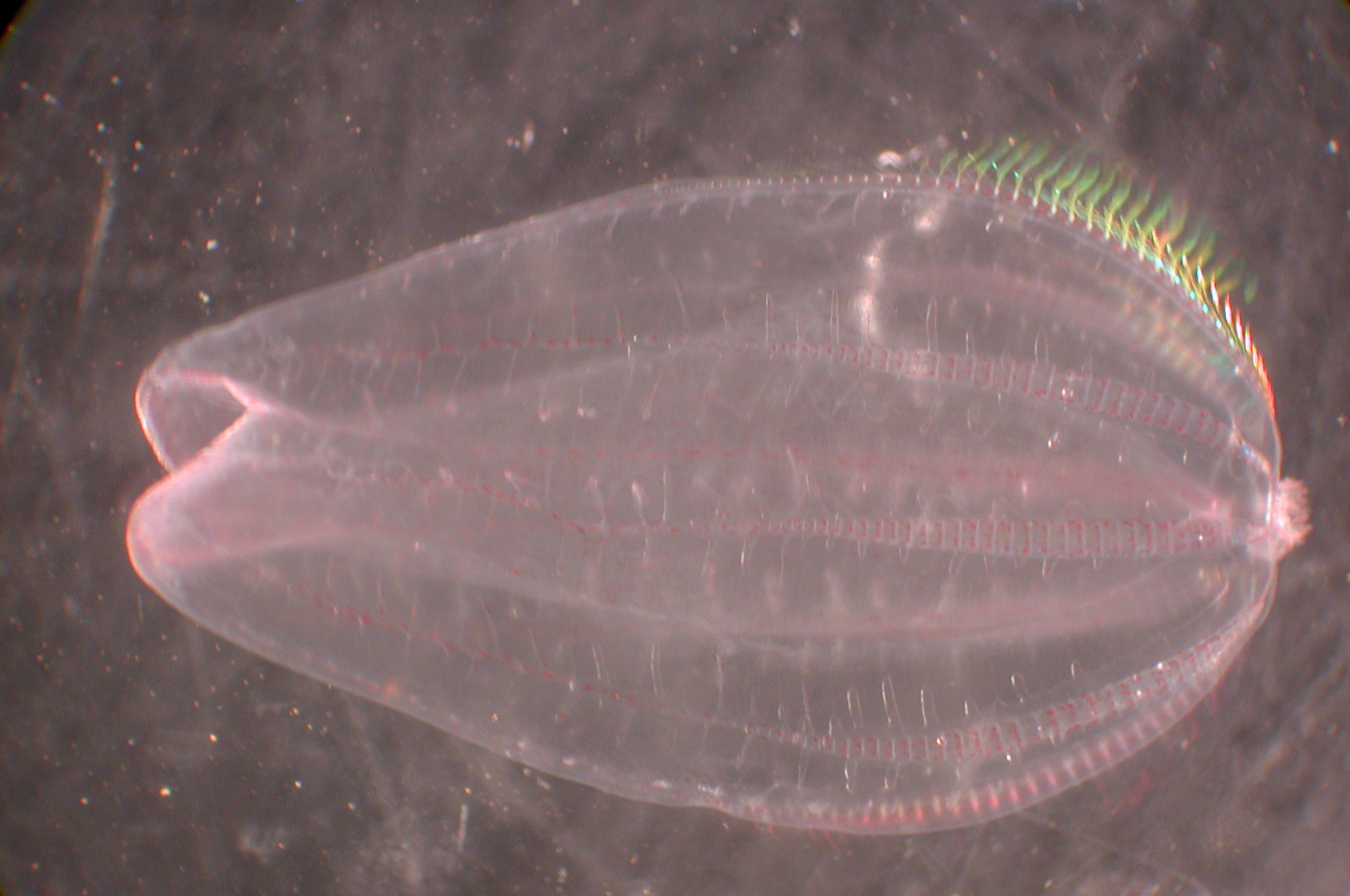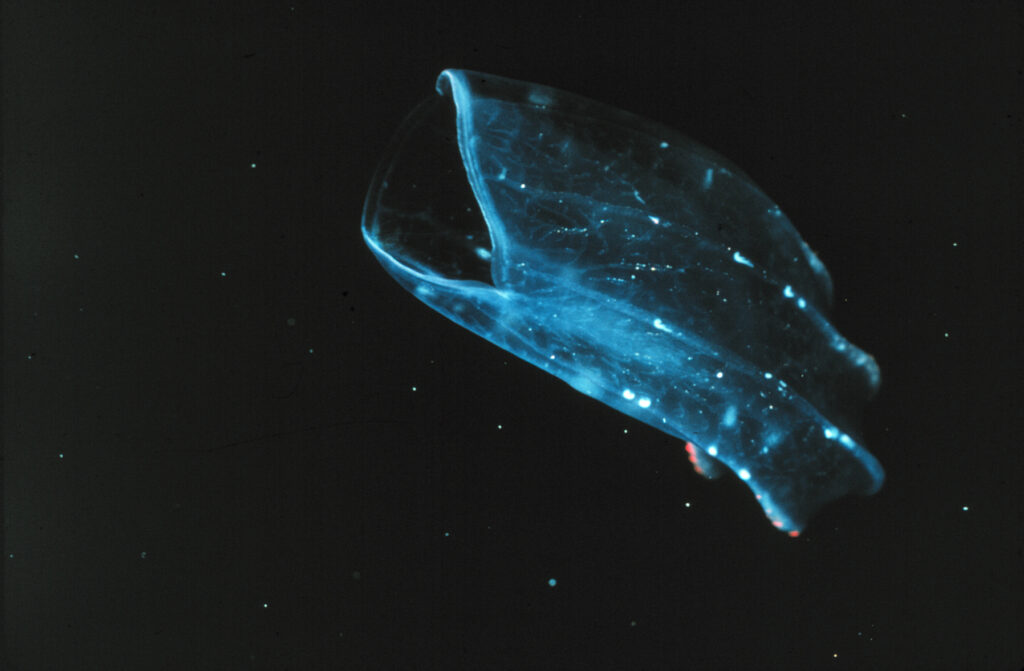The American Comb jellyfish, Mnemiopsis leidyi, is a marine invertebrate that is a part of the ctenophores family, also known as the stingless jellyfish family. The comb jelly received its nickname ‘sea walnut’ because of its walnut shaped body that measures between 3 to 5 inches. They are native to the east coast of North and South America as well as some parts of Canada, being able to survive in a variety of different salinity and water conditions. However, in 1982, these jellyfish were transported to the Black Sea by ships carrying ballast water. They began appearing in surrounding waters such as the Azov Sea, Caspian Sea, western coast of Sweden, Baltic Sea and recently in the Mediterranean Sea. The American Comb jelly has become so invasive that it is now listed as one of the 100 World’s Worst Invasive Alien Species by the Global Invasive Species Program.
While invasive, the American comb jelly also contributes to environmental damage. Comb jellies eat a variety of organisms such as zooplankton, various invertebrates and other sea jellies, consuming up to 10 times their body weight per day. Their main food source, zooplankton, feeds on algae and phytoplankton, which is important to the oxygen availability in the oceans. While the comb jellies continuously feed on the zooplankton, algae continues to grow, causing a restriction of oxygen on the oceans surface. Because of this restriction, the upper layer of sea life suffocates. Not only does this cause damage to the environment and populations of organisms, it also causes economic damages as well. Seafood industries, especially in the Black Sea, have lost lots of money due to the excess algae content suffocating their source of income.
Given how widespread the American Comb jellies population is, scientists are struggling to find a solution to their invasiveness. When and if their food supply becomes low, Comb jellies are able to reduce their metabolism and their body size to help reduce their food requirements. By doing so, they can survive up to three weeks on limited food intake. They are also self-fertilizing, meaning that only one individual is needed to produce a new population. The only option that could possibly alleviate this issue would be to introduce a parasite or predator that would reduce the American Comb jelly population. However, adding a new individual into the mix could lead to more environmental changes and result in negative impacts. While scientists are continuing to research solutions, the American Comb jelly is considered to be the most studied ctenophore genus in the world.
Featured image: Comb jellyfish (photo credit: Matt Wilson/Jay Clark)

